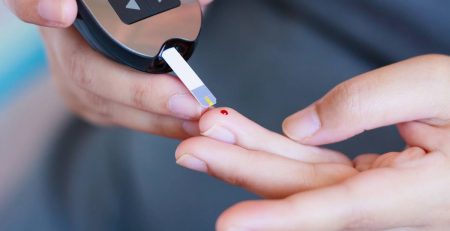Orthotics
Custom Made vs Off the Shelf
Lots of our patients ask us about the need for custom made orthotics. Are they really necessary? What about the off the shelf version – aren’t they just as good? The custom made ones are so expensive. We get it. Custom made orthotics can put a bit of a dent in your budget. But when you consider you are walking around on them all day, every day, the cost really is worth it. Let’s have a look at the differences between custom made and off the shelf.
What they are, and what they aren’t
Firstly, not everything you put in a shoe (other than your feet) is an orthotic. Gel insert style products, which you can buy off the shelf in the supermarket or shoe shop for around $30, are not orthotics. These are little more than cushioning, and are really just designed to make your shoes more comfortable. They offer nothing by way of support, and should really only be worn by people who don’t actually need orthotics.
Orthotics aim to provide support and adjustment for feet that have, for many and varied reasons, biomechanical problems. They should provide proper alignment, balance, support and motion-control for your feet, adjusting your gait and the way your foot strikes the ground. This is quite a tall order.
Off the Shelf
Sports shoe stores and clinics often sell off the shelf, or pre-fabricated, orthotics, which can be trimmed to fit a particular shoe. In most cases these orthotics provide little more than support for the arch of your foot, or padding.
For patients with very minor biomechanical problems, or short-term conditions, it may be that off the shelf orthotics are sufficient. However, since they are not constructed based on the wearer’s actual foot, they only provide generic correction that may not be enough for some biomechanical problems. In fact, sometimes, although they may provide short term relief, off the shelf orthotics can often cause longer term problems, especially when not sized and fitted correctly to the shape of the foot and the arch.
Custom Made Orthotics
A full biomechanical assessment is required for custom fit orthotics. Your podiatrist will examine and evaluate:
- your feet, looking at things like your foot arch, visible bunions, toe problems and other structural concerns
- your gait, looking at how you walk, whether your feet roll in or out and watching your leg movement from the hip down through the ankles and feet
- your shoes, looking for wear patterns that show how you stand and walk
Once the full assessment is complete a cast will be taken of you feet. This cast will be used to design and make orthotics to specifically fit your feet, and address the biomechanical issues causing your problems. Because of this the orthotic for the right and left foot may be different – and sometimes by quite a lot.
It is important to bring your most commonly worn shoes with you for a Biomechanical Assessment, as the shoe you wear most of the time is the one the orthotics should be fitted to. If you already wear orthotics, it is important to bring those too – whether they are custom fit or off the shelf.
There are is enormous range of conditions that can be treated and managed with custom fitted orthotics, including:
- Flat feet – improving foot and leg position
- High arches – increasing shock absorption and redistributing pressure
- Bunions – development of bunions can be slowed
- Knee, hip and lower back pain – when the feet are not properly aligned knee and hip pain can become a problem
- Arthritis – joint degeneration can be slowed and pain reduced
- Plantar Fasciitis – pain can be reduced and a recurrence avoided
- Pronation (rolling inwards) of the foot whilst standing or walking
- Supination (rolling outwards) of the foot whilst standing or walking
- Tendonitis
- Recurrent stress fractures
It is important to note with orthotics that they may be slightly uncomfortable at first. It is best to wear them in for brief periods – start out with an hour a day and build up over a week or two. This is because the orthotics are designed to realign your foot. For instance, people with very flat feet sometimes comment it feels like there is a pebble in their shoe at first. But you will find that very quickly your foot will adjust and the orthotics will start making a positive impact on any pain or difficulty you have been having.
When your orthotics are ready your Podiatrist will fit them in the shoe and check they are correct and achieving the goals you set out to achieve. On rare occasions, some small adjustments may need to be made. A review of how you are going should be scheduled for a two weeks later to assess how your joints and muscles have adapted to the orthotics.
You should then visit your Podiatrist every 6-12 months to have your orthotics checked. Sometimes you may need new ones, or your existing orthotics may need ‘refurbishing’, depending on the response of your feet and the wear and tear on the orthotics.
If you are experiencing lower back, hip, knee or foot pain, or if you know you have flat feet you might like to make an appointment to see our expert Podiatrist for a Biomechanical Assessment. It could be that some orthotics are just what you need. Call our Hills District Clinic on 9639 7337 to make an appointment.



